Explore the Heart of Nepal with Our UNESCO World Heritage & Hillside Tour in 5/6 Days.
At Outshine Adventure , we invite you to embark on a journey that immerses you in the spiritual, cultural, and natural beauty of Nepal. With our expertly designed 5-night, 6-day tour, you will explore Nepal’s renowned UNESCO World Heritage Sites as well as serene hillside destinations, each offering a unique experience.
Nepal: A Dream Destination for Every Traveler
Nepal is not just a country; it is an experience waiting to unfold. Known for its breathtaking landscapes, including the towering peaks of the Himalayas, the serene beauty of its lakes, and the vibrant greenery of its forests, Nepal offers an unforgettable experience for every traveler.
Kathmandu, the heart of Nepal, serves as a gateway to this diverse nation, welcoming traders, pilgrims, adventurers, and seekers from all over the world. The city blends ancient traditions with modern energy, where temples and stupas stand as timeless witnesses to a rich cultural history. Lalitpur, Kantipur, Kritipur, and Bhaktapur are jewels in the Kathmandu Valley, each offering their own charm and beauty.
But it’s not just the cities that draw visitors – it’s the spirit of Nepal. The legends that speak of the Kathmandu Valley once being a vast lake, the sacred lotus planted by the sage Vipassī Buddha, and the divine emergence of Swayambhu give visitors a deep sense of spirituality.
Nepal’s history is a tapestry of diverse cultures and dynasties, with the Dharma kings, King Yalambar, and the Licchavi rulers leaving their mark. The Malla kings’ love for art and architecture is visible in the many temples and monuments that tell the story of a civilization that thrives on its cultural heritage.
In Nepal, the past and present coexist in a harmonious balance. Whether you're a history enthusiast, an adventure lover, or a spiritual seeker, Nepal has something to offer for every kind of traveler.
Explore UNESCO World Heritage & Hillside TourTour
Here's a closer look at the exceptional places you will visit:
1.Kathmandu Durbar Square: A Living Heritage
Kathmandu Durbar Square, the historic center of the city, is a must-visit for those looking to explore Nepal's royal past and spiritual legacy. This square, once the seat of the Malla kings, is home to ancient temples, palaces, and courtyards. As you wander through the intricate architecture of Mohan Chok and Sundari Chok, you will experience the pulse of Nepal’s rich history and the deep cultural roots that have shaped this vibrant nation. Whether you're seeking historical insights or simply looking to marvel at the craftsmanship, Kathmandu Durbar Square will leave a lasting impression.
Perfect for history buffs, architecture lovers, and anyone wanting to experience Nepal's royal heritage.
2.Pashupatinath Temple: Spiritual Energy on the Banks of the Bagmati
Pashupatinath Temple, one of the holiest Hindu sites in the world, is a spiritual haven for travelers seeking a deeper connection with Nepal’s religious heritage. Dedicated to Lord Shiva, this ancient temple on the banks of the Bagmati River is a place of intense spiritual energy. The lively rituals and ceremonies that take place here, especially during festivals like Maha Shivaratri, are a spectacle of devotion and tradition. Visiting Pashupatinath will allow you to witness firsthand the essence of Hindu spirituality and cultural practices.
Good Ideal for spiritual seekers, photographers, and those interested in Hindu rituals and traditions.
3.Boudhanath Stupa: The Symbol of Peace
Boudhanath Stupa, one of the largest in the world, is a serene sanctuary for those wishing to experience the peaceful side of Nepal. This massive stupa, adorned with colorful prayer flags and surrounded by Buddhist monasteries, is a symbol of harmony and enlightenment. As you circumnavigate the stupa and spin the prayer wheels, you’ll feel the deep sense of peace that resonates within this sacred space. Whether you're a Buddhist devotee or simply seeking tranquility, Boudhanath provides a unique and spiritual escape from the hustle of city life.
Perfect for those seeking peace, spirituality, or an introduction to Buddhist culture.
4.Nagarkot: Sunrise Views Over the Himalayas
A short drive from Kathmandu, Nagarkot offers one of the best panoramic views of the Himalayas, including Mt. Everest. This hill station is a hidden gem for nature lovers and photographers alike. The crisp morning air and the sight of the sun rising over the snow-capped peaks are truly awe-inspiring. Whether you’re looking to relax or go on a scenic hike, Nagarkot’s serene environment is the perfect escape from the busy city life of Kathmandu.
Perfect for nature lovers, adventure seekers, and those wanting to experience breathtaking mountain views.
5.Panauti: A Step Back in Time
Panauti, a charming town in the Kathmandu Valley, is rich in history and culture. Known for its well-preserved temples and traditional Newar architecture, it offers a peaceful escape from city life. Staying with a local family in Panauti lets you experience the true Nepali way of life. You can enjoy organic, home-cooked meals like dal bhat, momo, and gundruk, prepared with fresh, local ingredients. It’s a perfect opportunity to connect with the local culture, enjoy traditional food, and experience the simple, peaceful lifestyle of rural Nepal.
Perfect for those seeking a cultural and authentic experience, away from the typical tourist path.
6.Namo Buddha: A Sacred Buddhist Site
Namo Buddha, perched on a hill near Panauti, is one of Nepal’s most revered Buddhist pilgrimage sites. The legend of Prince Mahasattva, who sacrificed his body to a starving tigress, adds a layer of deep spiritual significance to this sacred site. The serene setting and beautiful views of the surrounding hills make Namo Buddha a peaceful and introspective destination. A visit here will allow you to connect with the rich Buddhist heritage of Nepal and experience the tranquility of the area.
Perfect for spiritual seekers, peace lovers, and those interested in Buddhist traditions.
UNESCO World Heritage & Hillside Tour: The Perfect Option for Limited Time
For those who wish to experience the essence of Nepal but have limited time for long treks or extended tours, our UNESCO World Heritage & Hillside Tour is the perfect solution. In just 5 nights and 6 days, this tour allows you to explore Nepal’s rich culture and natural beauty. You will visit iconic UNESCO World Heritage Sites in Kathmandu, including historic temples and palaces, and enjoy the scenic hillside views in places like Nagarkot. This short yet immersive tour gives you a chance to experience both the spiritual and natural wonders of Nepal, making it ideal for travelers with limited time who still want to witness Nepal's incredible heritage.
By choosing outshine adventure , you are not just booking a tour; you are embarking on a journey that brings Nepal’s rich cultural history, natural beauty, and spiritual depth into focus. Join us and discover the wonders of Kathmandu, Nagarkot, Panauti, and more!


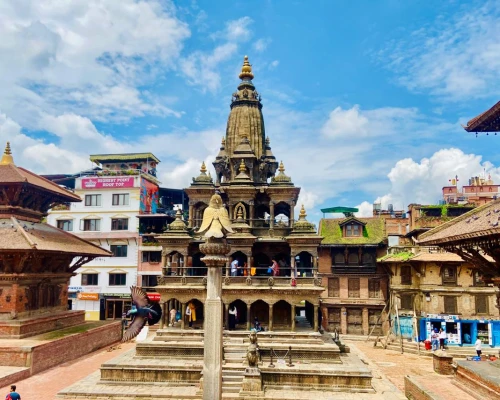
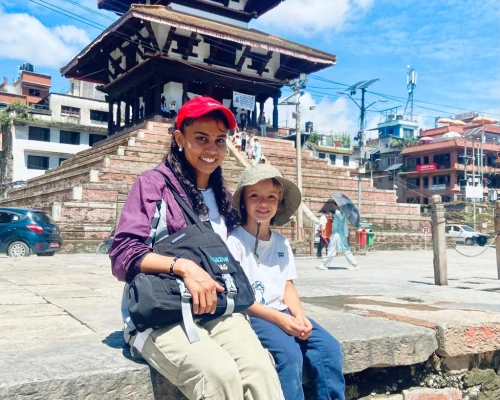

-1.webp)
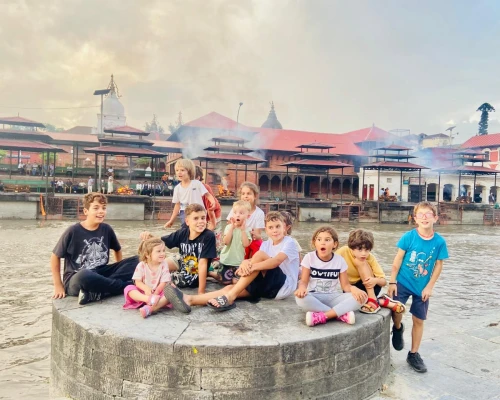
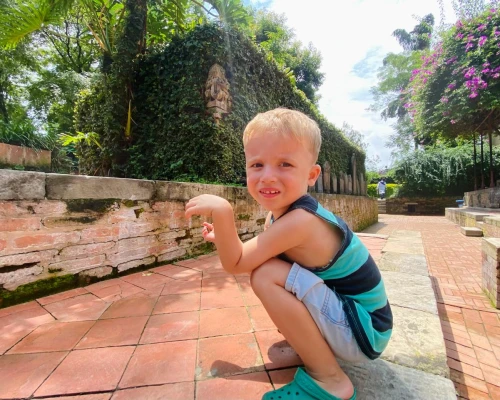
.webp)
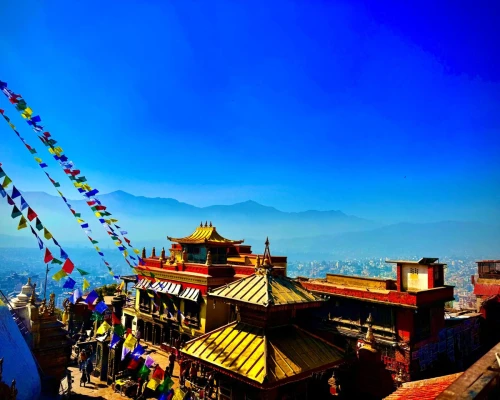
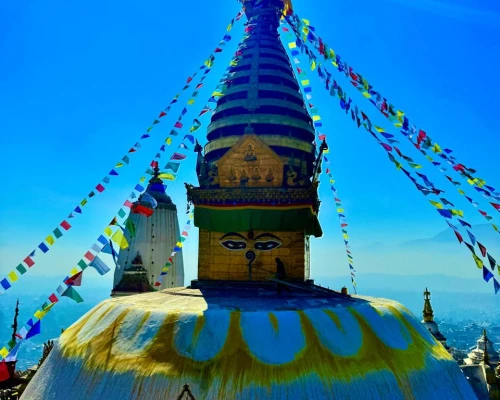
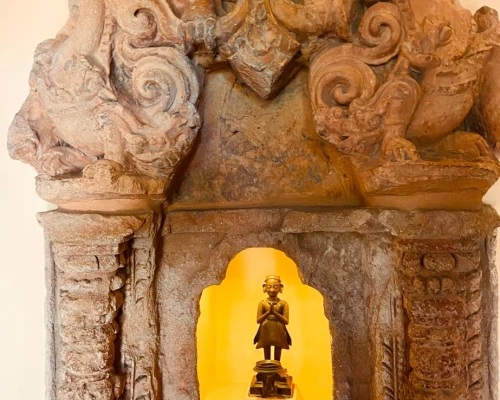
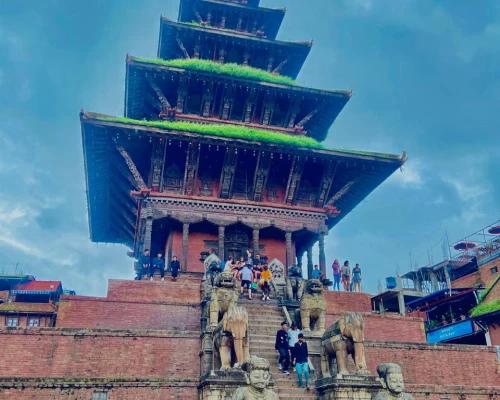
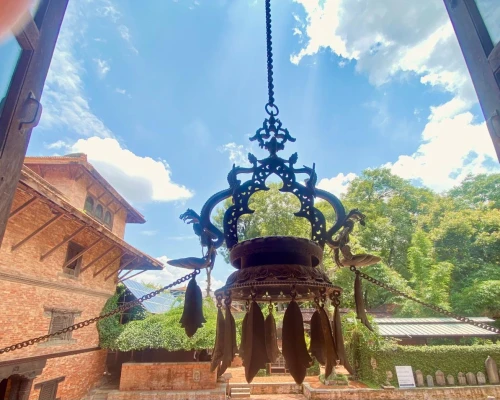
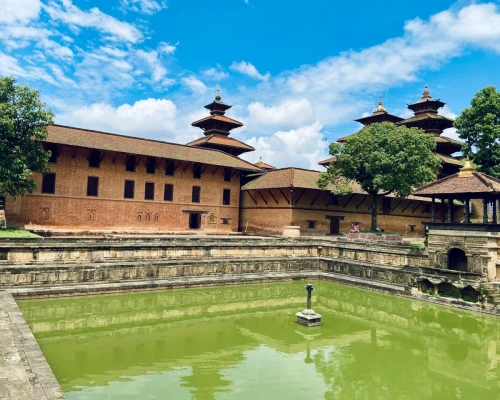
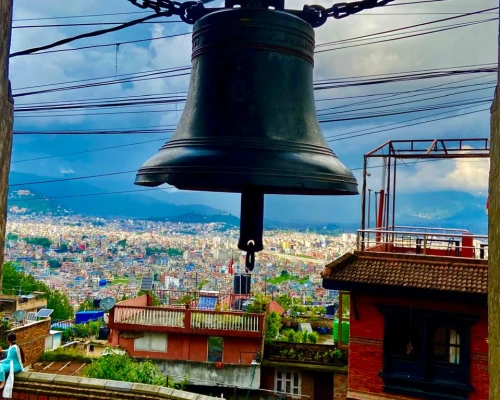

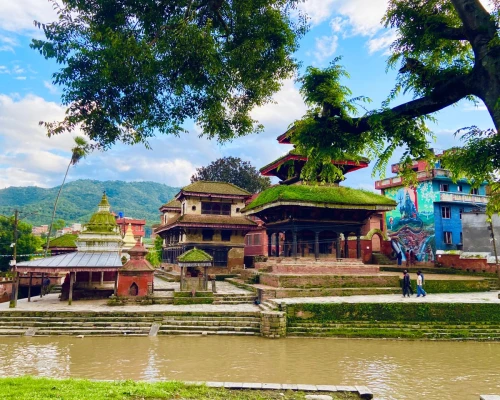
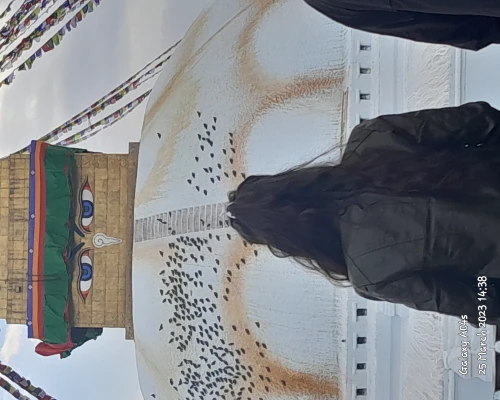
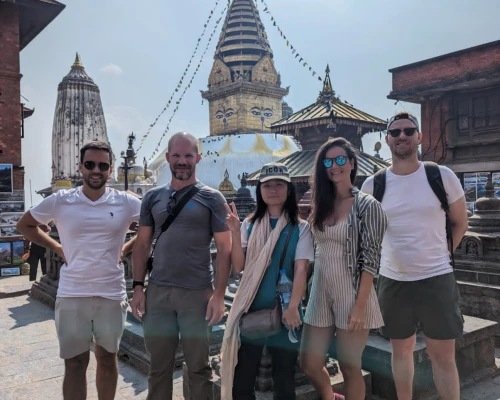
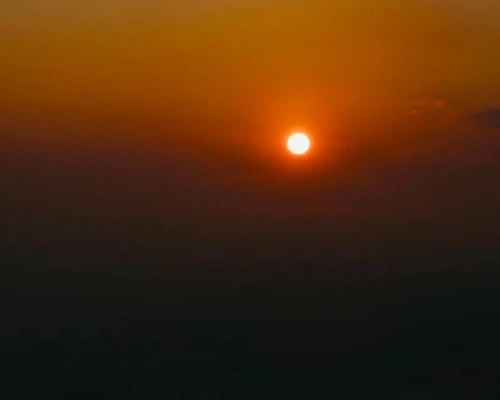

 based on 11 reviews
based on 11 reviews
